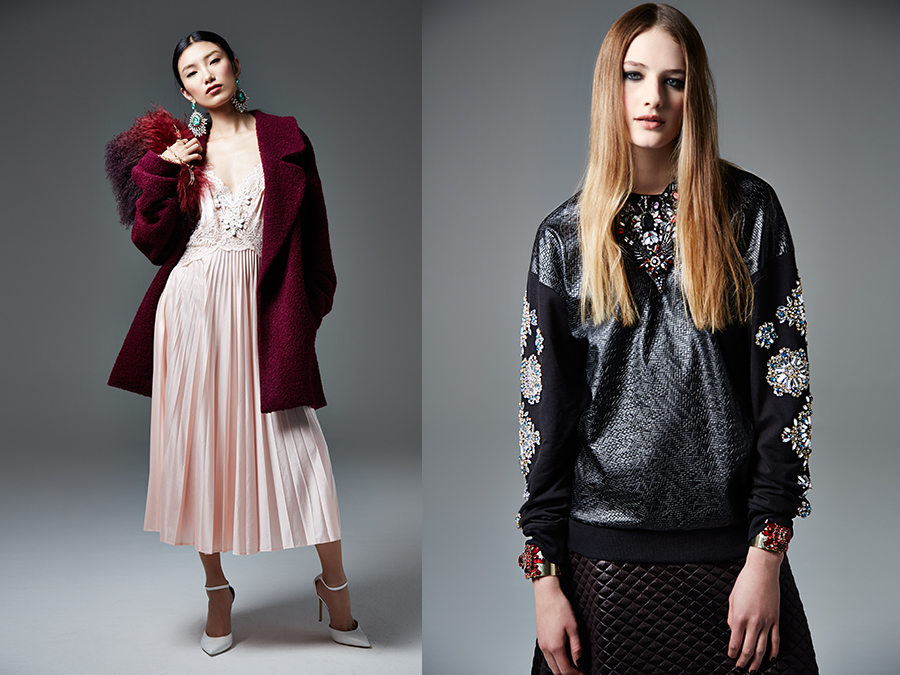
Dior Couture Editorial image by Patrick Demarchelier
Photographers! So you've built up your portfolio, you are happy with it, you have good branding and you want to venture out into the possibility of getting PAID to take photographs. I'm not going to lie, it's a cut throat world out there, and more often than not, you aren't going to get paid for your work. You should be. Don't get me wrong. But many of your clients will be of the mindset that there is always someone else that can do it for cheaper or for free.
Designers/Brands! There is a problem with free photographs, and it is that, as a brand, you will usually have very little say in the format and content of the images and you do not have a guarantee that they will be usable. This is fair enough if you already have some set images to act as lookbooks, that show your products in the greatest detail to your customers. But just remember that skimping on paying your photographer and expecting some professional, highly detailed and well lit images is naive. This is something that should be invested in when you begin your company, alongside the investment of stock. The images you use to promote your brand are incredibly important.
Now that's cleared up, back to photographers. You think you are (and have received feedback from others confirming this) good enough, and have strong enough branding, to start being paid. You want to go down the route of contacting brands or companies that may consider paying you for your fine work. Here's a few tips to remember:

An example of lookbook/catalogue photography from River Island AW13
1. Preferably find an email address for the relevant person. Avoid messaging on social media platforms wherever possible. If you really cannot find an email address (actually take the time to look), then message asking for the relevant email. If you have the person's name (and you've double-checked it's correct), use it. Woe betide anyone that spells my name "Ann" or "Ana".
2. Never use the words "hun" or "hunny" in your message. I would have thought this was obvious in any professional environment, but some people seem unable to restrain themselves. Same goes for "x"'s or smiley faces.
3. Spell check. Please.
4. If you are contacting a lot of people, it's understandable that you will copy and paste the main section of your message. But DO take the time to understand the brand (e.g. don't tell an affordable brand they are "high end") and personalize your email.
5. If you aren't sure about the flow of your email, or you struggle with punctuation, read the email out loud. Wherever you naturally pause or stop should be commas and full stops. It will also allow you to notice any sentences that are awkwardly phrased.
6. Attach a pdf portfolio (under 2MB) or a website that isn't overloaded with flash. Your work should speak for itself without a pretentious flash design, so keep it as simple (yet branded!) as possible. Make sure you have some images related to the type of product the brand makes (e.g. jewelery, lingerie, clothing etc). If clothing then ensure your portfolio has simple lookbook/catalogue shots as well as editorials.
7. Do not claim to have worked with brands that you haven't actually worked with. Most brands, if you are good enough, won't care about whether you've worked for one of their competitors or peers. But if you DO wish to list the brands you have worked for, make sure you have worked FOR them and not just shot some pieces the model brought along. Unless you have had a conversation with the brand about creating some images FOR them, you have not worked for them.
8. Suggest a free quick test shoot, or offer to shoot a sample in an upcoming shoot you have booked. They might say they only want published images, but chances are if you are good enough, and they have enough samples to give out (remember that some brands have a PR company that will have all their samples reserved to go out to press), they'll probably go with that.
9. If there's anything else you can bring to the table then mention it (e.g. a model you have in mind that is interested in the project, a location you have access to etc).
Go get 'em!
Can you think of anything else that one should keep in mind when approaching potential clients?